
Rosetta

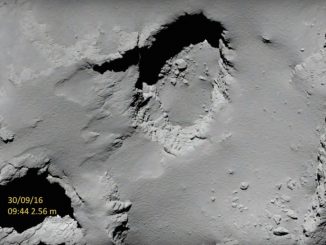
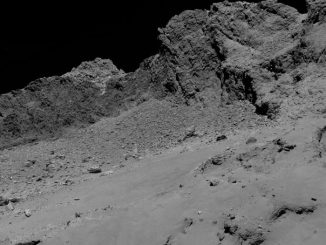
Live coverage: Rosetta’s final hours
Europe’s Rosetta spacecraft will close out a historic 4.9-billion-mile journey Friday with a slow-speed crash into the nucleus of comet 67P/Churyumov-Gerasimenko, the tiny world it has studied for the last two years, capturing some of the mission’s best science data to help unravel the inner workings of the comet. Confirmation of the crash landing should arrive on Earth around 1218 BST.
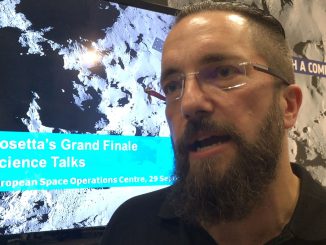

Philae found! Rosetta’s lander wedged in cometary crevice
Less than a month before the end of the mission, Rosetta’s high-resolution camera has revealed the Philae lander wedged into a dark crack on Comet 67P/Churyumov–Gerasimenko. The images were taken on 2 September by the OSIRIS narrow-angle camera as the orbiter came within 2.7 kilometres of the comet’s surface.


No. 9 Rosetta rides with its comet
While 2014 was the year the Rosetta spacecraft celebrated making it into orbit around a comet, 2015 was the year it got down to some serious hard work. Its comet, with the tongue-twisting name 67P/Churyumov–Gerasimenko, made its closest approach (186 million kilometres) to the Sun, a period known as perihelion when the comet would be expected to be at its most active. Rosetta was there to witness this.
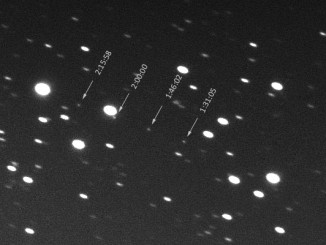
Astronomers recall discovery of Phaethon — source of Geminid meteors
The beautiful Geminid meteor shower is due to light up the heavens this weekend, but the source of the enigmatic cosmic display had eluded stargazers for more than 120 years. Then, in 1983, two University of Leicester astronomers — Dr. Simon Green and Dr. John Davies — used data from the IRAS satellite to discover 3200 Phaethon, an asteroid with a very unusual orbit.
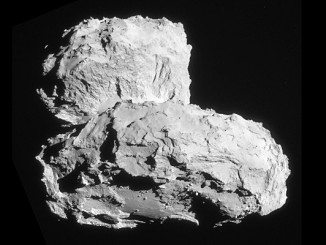
How Rosetta’s comet got its shape
The origin of of Comet 67P/Churyumov-Gerasimenko’s double-lobed form has been a key question since Rosetta first revealed its surprising shape in July 2014. By studying the layers of material seen all over the nucleus, scientists have shown that the shape arose from a low-speed collision between two fully fledged, separately formed comets.

